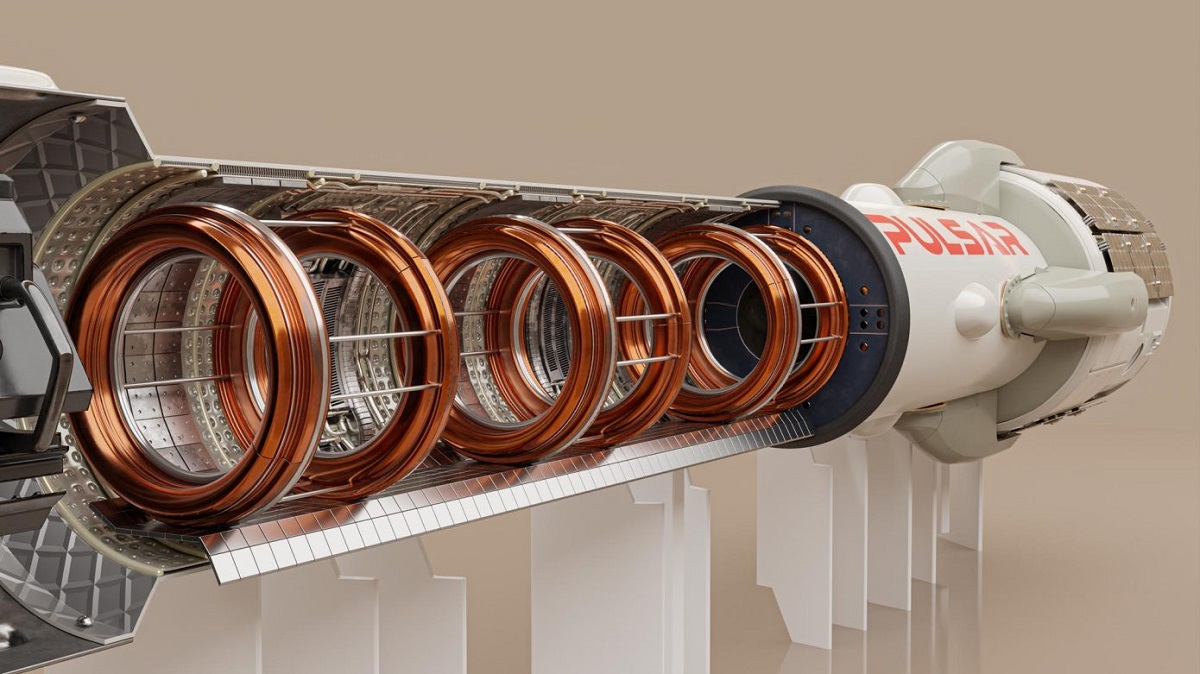Pulsar Fusion has begun development of the largest fusion engine in history, which will allow rockets to reach speeds of more than 800,000 kilometres per hour

Pulsar Fusion has begun construction of the world's largest rocket engine, which will be fuelled by fusion. Within four years, the British company intends to create an 8-metre-long combustion chamber.
Here's What We Know
The fusion engine will be based on a very hot plasma trapped inside an electromagnetic field. Now scientists are working on how to keep the plasma in the electromagnetic field. The announcement was made by James Lambert, CFO of the UK-based company.
Pulsar Fusion will use a supercomputer to accurately predict the behaviour of the plasma and find ways to control it. The company has begun working with US firm Princeton Satellite Systems to do this.
If it succeeds, the temperature in the combustion chamber will reach hundreds of millions of degrees. It is believed that the energy will be enough for the rocket to reach speeds of more than 800,000 kilometres per hour. For comparison, the speed of light is approximately 1.08 billion kilometres per hour
The company's Pulsar Fusion project is based on the Direct Fusion Drive (DFD) concept. It involves obtaining thrust specifically from fusion. The key component of the DFD engine is a fusion reactor, which has the form of a cylindrical chamber with electromagnetic coils.
The chamber is filled with the gas that is needed for fusion. For example, deuterium and helium-3. Once the reaction is started, a plasma is created inside the chamber, and a continuous supply of fuel must be provided to maintain it.
The substance in gaseous form is transferred into the chamber through one of the ends. Then it must be heated up and sent to the nozzle through the other end, without reaching the plasma state.
Nuclear fusion will significantly reduce the time it takes to travel between planets. This will be especially useful once manned missions to Mars begin.
Source: Science Alert